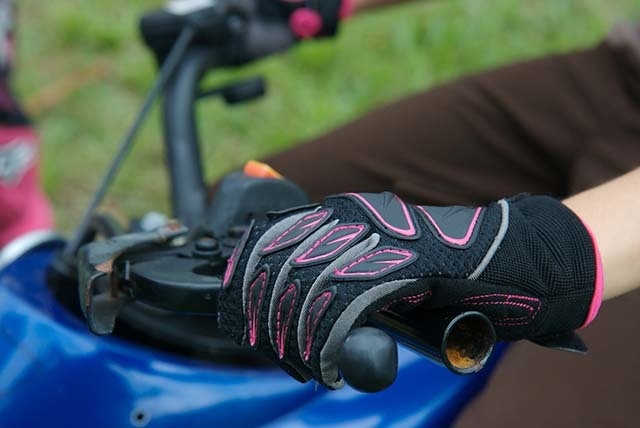Protest planned in Utah over off-limits ATV trail on public land

SALT LAKE CITY — An idyllic Utah canyon home to ancient cliff dwellings and native burials will be the site of a protest Saturday by a group of people who plan to mount their ATVs and ride a trail that has been off limits to motorized vehicles since 2007.
The Bureau of Land Management is warning riders to stay out, vowing prosecution against those who ignore a law put in place after an illegal trail was found that cuts through ruins that are nearly 2,000 years old. The canyon is open to hikers and horseback riders.
Utah Gov. Gary Herbert said he understands frustration around the issue, but urged people to uphold the law and not disrupt public safety during the protest.
The protest is the latest illustration of tension between Western residents and the federal government over management of public lands. But the off-road protest isn’t expected to end in a confrontation like other recent ones.
The BLM doesn’t plan to block access or confront the riders, said San Juan County Sheriff Rick Eldredge, who has been briefed on the agency’s plans. The agency will, however, document people who ride ATVs on the prohibited trail, he said.
San Juan County Commissioner Phil Lyman said he expects hundreds at a city park for a morning rally but only a handful to ride on the restricted trail. He has drummed up interest on social media but isn’t recruiting militant types.
Lyman, whose family has been in the region for four generations, said the ride is a demonstration of his disgust with the federal government’s overreaching control of public lands.
“They are not the supreme authority,” Lyman said.
Recapture Canyon is home to dwellings, artifacts and burials left behind by Ancestral Puebloans hundreds of years ago before they disappeared. A gurgling stream in the canyon likely drew them as it does outdoor enthusiasts today.
Environmentalists and Native Americans say the ban is needed to preserve fragile artifacts. Navajos claim the people who lived there and are buried there as ancestors.
“Those ancient sites are the equivalent to churches,” said Mark Maryboy, a former Navajo Nation Council delegate. “It’s very disappointing that they have no respect for Native American culture.”
The canyon is outside the city of Blanding and about 40 miles northwest of the junction of Utah, Arizona, New Mexico and Colorado, known as the Four Corners.
The protest comes amid high tension over BLM practices.
Last month, the BLM had a standoff with gun-wielding militants in Southern Nevada over a dispute about the roundup of rancher Cliven Bundy’s cattle. BLM ultimately stepped down.
Utah ranchers and county leaders recently threatened to break federal law and round up wild horses this summer if the BLM doesn’t do it first.
Earlier this week, a BLM employee in Utah was threatened while driving on the highway by two men with a weapon holding a sign, “You need to die.”
The federal government owns two-thirds of Utah’s land. The Republican-dominated Legislature passed a law in 2012 that demands the state be given control of those lands before 2015, excluding national parks.
Motorized access to Recapture Canyon and other wilderness areas has long been a source of tension. ATV riders rode another off-limits trail in 2009 in a protest. No charges were filed.
Lyman believes it’s possible to reopen the canyon to ATVs while preserving the artifacts. But Jessica Goad of the Center for Western Priorities disagrees, pointing out that ATV riders blew their chance when authorities discovered two men used picks and shovels to create an off-road recreational vehicle trail in the canyon prior to the 2007 ban.
The BLM says that more than 2,800 miles of trails are open to ATVs on public lands within a short drive of Blanding.
Pat Shea, a former national BLM director who is now an attorney in Salt Lake City, said acts of civil disobedience put federal agencies in a difficult position. To prevent injuries and bloodshed, they must avoid clashes and work to de-escalate situations, but coming off weak brings its own consequence.
“It’s a real policy dilemma because people begin to believe they can be the law into themselves,” Shea said. “Then why should people stop at red lights?”